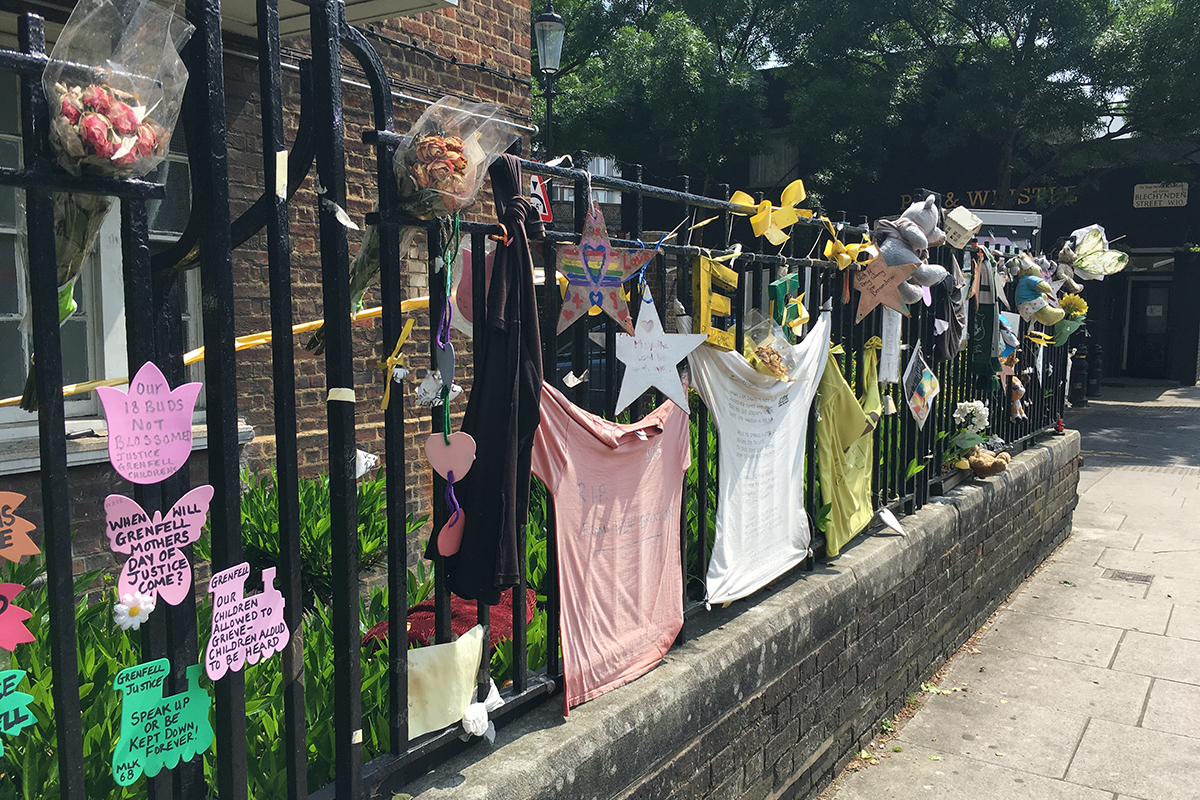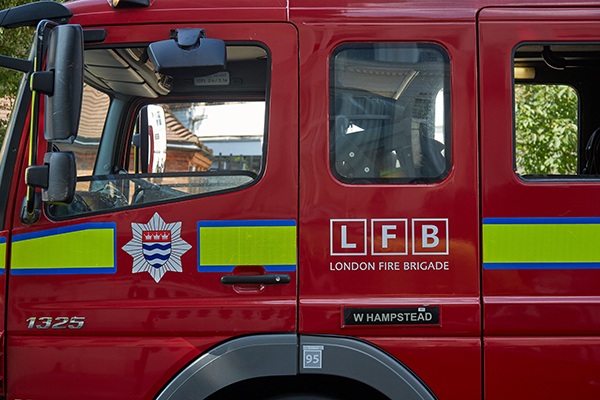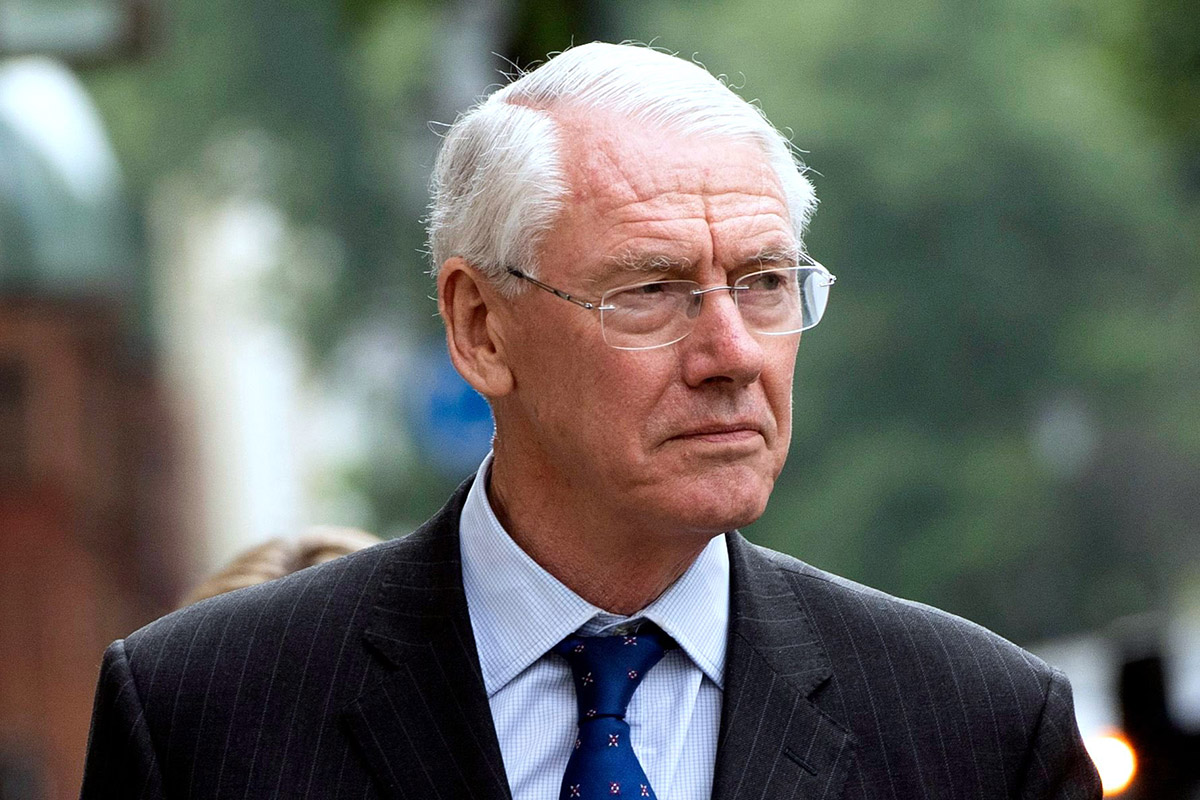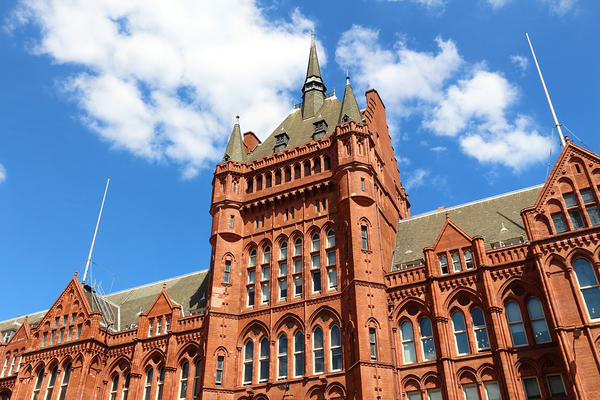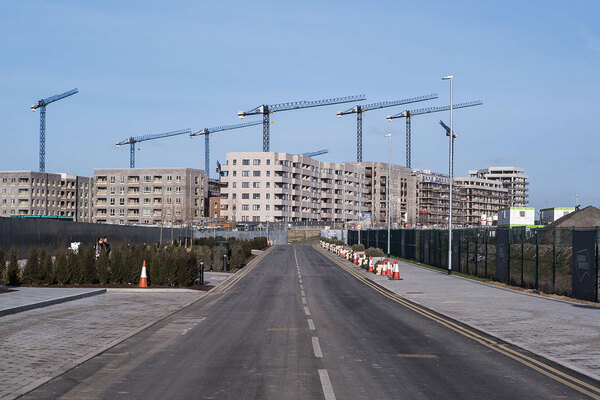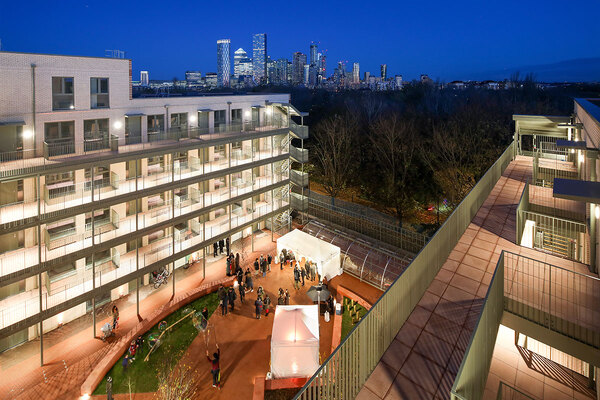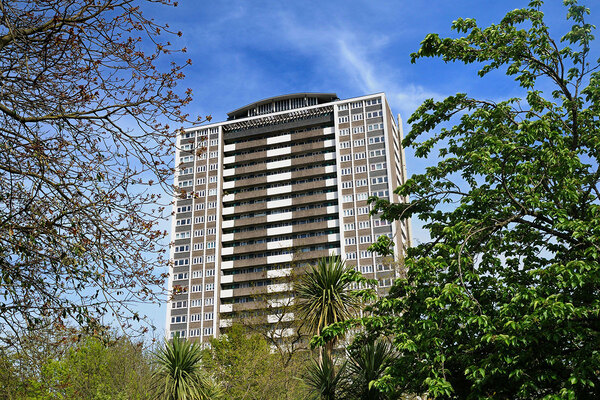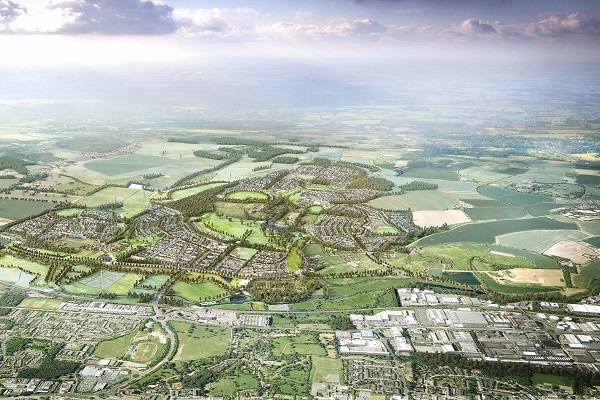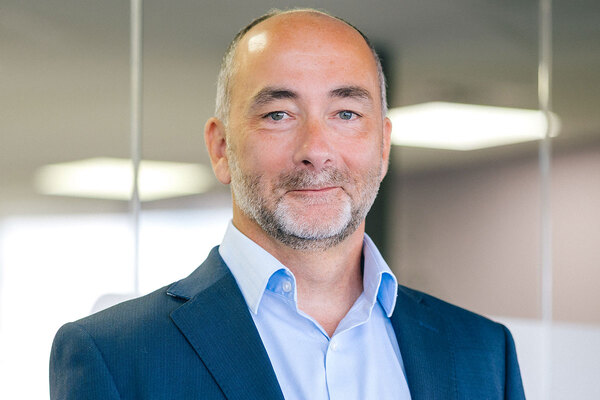Grenfell Inquiry reaction: survivors call for implementation timeline for recommendations
Reaction has been pouring in on the phase one report of the public inquiry into the devastating Grenfell Tower fire, with survivors calling for a timeline on when its recommendations will be implemented.
Grenfell United, which represents survivors, the bereaved and the community surrounding the tower, praised Sir Martin Moore-Bick’s “strong report” for “clear recommendations that, if implemented, will save lives”.
The group called on the prime minister to not only accept the recommendations in full, which include all high-rise building owners being made to develop evacuation plans, but also “outline how and when he will ensure they are implemented”.
Grenfell United also said it is “worrying” that the report claims that the London Fire Brigade (LFB) is at risk of not learning the lessons from Grenfell, calling for the service’s bosses to “face consequences” for failings leading up to the fire, and said: “Senior officers in the LFB must stop hiding behind the bravery of their frontline firefighters.”
It added: “One of the most important conclusions for us is Sir Martin Moore-Bick found that the building was not compliant with building regulations.”
“Today’s findings give us some confidence that our journey towards truth has finally begun,” the group summarised.
Prime minister Boris Johnson said that while “no report, no words, no apology will ever make good the loss suffered and trauma experienced”, the findings meant the world “is finally hearing the truth about what happened at Grenfell Tower on 14 June 2017”.
Labour leader Jeremy Corbyn called for the report’s publication to be brought forward yesterday, after a leaked copy was widely covered by the national media.
Referring to heavy criticism of the fire brigade’s response to the blaze, he said: “It wasn’t firefighters who diluted building regulations or put flammable cladding on Grenfell Tower.”
Parliament will hold a debate on the report later today.
Dany Cotton, commissioner of the LFB, who is singled out for criticism by Sir Martin, said that despite feeling that many of the report’s recommendations “are welcome”, the LFB was “disappointed at some of the criticism of individual staff members who were placed in completely unprecedented circumstances” and that measures calling for sprinklers were not included.
She expressed “deepest sorrow at not being able to save all those who died” but said the building’s safety failings “created impossible conditions” for emergency services.
“We will now carefully and fully consider all of Sir Martin Moore-Bick’s phase one report and take every action we can to improve public safety,” she added.
Elizabeth Campbell, leader of Kensington and Chelsea Council, said: “We fully accept the findings and the criticism of the council, and we will be looking closely at the recommendations in the coming days to see how they can be implemented in our borough to make sure people are as safe as they can possibly be in their homes.
“We hope that phase two delivers the same clarity when the time comes, and all organisations involved act upon the findings, resisting the temptation to point the finger at each other during or after the process.”
A spokesperson for Kensington and Chelsea Tenant Management Organisation said: “We welcome the recommendations and insight the inquiry report has provided regarding the response on the night of the tragic fire and renew our deepest sympathies to the bereaved, survivors and their families.
“We recognise that this report is a significant step towards ensuring nothing like this can ever happen again. We will now be contributing to phase two of the inquiry, which will bring a greater understanding of the underlying causes of the fire.”
Lord Gary Porter, building safety spokesperson for the Local Government Association, which represents councils and fire services, said: “There are undoubtedly lessons that can be learned about how the fire service responded on that tragic night as it faced the worst fire in this country for more than half a century.
“However, the inquiry has made a fundamental error by examining the response to the fire before examining its causes.
“The consequence of this is to scapegoat the fire service while those responsible for the fire have yet to be exposed or held to account. It is clear that the fire was caused by a catastrophic failure of the building safety system in England.”
Referring to the report’s assertion that LFB should have ordered a mass evacuation much earlier, Matt Wrack, general secretary at the Fire Brigades Union, said: “We strongly refute the report’s assertion that it would have been possible or safe to evacuate more than 150 people via a narrow smoke-logged stairwell with just 30 firefighters.
“There is no evidence to suggest that this was possible. It is particularly alarming that the inquiry failed on this issue to seek the advice of its own expert advisor on firefighting matters.
“There is therefore currently no way of knowing if evacuation could have saved more lives.
“We are disappointed that the report makes no reference to the vast additional resources needed to implement its recommendations.
“It’s time for government to provide national leadership, to properly fund and co-ordinate fire and rescue services and ensure these urgent matters of public safety are addressed.”
Kate Henderson, chief executive of the National Housing Federation, said: “We welcome today’s report into the events on the night of the tragic fire at Grenfell Tower.
“What happened at Grenfell must never be allowed to happen again and the report has a number of important recommendations for how to keep people safe in their homes.”
The Grenfell Tower Inquiry recommendations: phase one
Picture: Getty
Evacuation
There were no plans to evacuate Grenfell Tower available. Sir Martin Moore-Bick, chair of the Grenfell Inquiry, recommended:
- The development of national guidelines for carrying out partial or total evacuations of high-rise buildings – including protecting fire access routes and procedures for evacuating people who require assistance
- Fire services develop policies for partial or total evacuation of high rises
- Owner and manager be required to draw up and keep under review evacuation plans, with copies provided to local fire and rescue services and placed in an information box on the premises
- All high-rise buildings be equipped with facilities to enable the sending of an evacuation signal to the whole or a selected part of the building
- Owners and managers be required by law to prepare personal evacuation plans for residents who may struggle to do so personally, with information about them stored in the premise’s information box
- All fire services be equipped with smoke hoods to help evacuate residents down smoke-filled stairs
Fire doors
Sir Martin said it is apparent that “ineffective fire doors allowed smoke and toxic gases to spread through the building more quickly than should have been possible”, and that missing self-closers played an important role. He recommended:
- An urgent inspection of fire doors in all buildings containing separate dwellings, whether or not they are high rises
- A legal requirement on the owner or manager of these buildings to check doors at least every three months to ensure self-closing devices are working effectively
Sprinklers
Noting the recommendation from the coroner investigating the Lakanal House fire that the use of sprinklers be encouraged, Sir Martin said that some of his experts had “urged me to go a step further and to recommend such systems be installed in all existing high-rise buildings”.
He said that sprinklers have “a very effective part to play” in an overall scheme of fire safety, but that he had not yet heard evidence about their use. He said that he could make no recommendations at this stage, but that he would consider the matter in phase two.
Internal signage
Floor numbers in the tower were not clearly marked and markings were not updated when the floor numbers changed following the refurbishment. Sir Martin said that all high-rise buildings should have floors clearly marked in a prominent place, which would be visible in low light or smoky conditions. Given that not all residents of Grenfell could read fire information signs, he said this should now be provided in a means that all residents can understand.
Use of combustible materials
Sir Martin said the original fire in the kitchen was no more than an ordinary kitchen fire that spread to the cladding because of “the proximity of combustible materials to the kitchen windows” – such as the uPVC frames.
He said this is a matter that “it would be sensible” for owners of other high-rise buildings to check.
He said he would “add his voice” to those who have expressed concern about the slow pace of removal work for more than 400 other tall buildings in England with aluminium composite material cladding.
A total of 97 buildings in the social housing sector and 168 in the private sector have not yet seen the work complete. Sir Martin said the work must be completed “as vigorously as possible”.
He said particular attention should be paid to decorative features, given the crucial role played by the architectural crown at Grenfell in spreading the fire around the building.
Given the decision to ban combustible materials on new buildings last year, he did not call for further restrictions on their use.
Fire service: knowledge and understanding of materials in high-rise buildings
Sir Martin raised concern that junior firefighters were not aware of the danger of cladding fires, and that the London Fire Brigade (LFB) was unaware of the combustible materials used to refurbish Grenfell Tower.
He therefore recommended:
- That the owner and manager of every high-rise building is required to provide details of external walls and the materials used to the local fire service, and inform them of any changes
- To ensure that fire services personnel at all levels understand the risk of cladding fires
Plans
Sir Martin said that a lack of plans did not “unduly hamper” fire services at Grenfell, as each floor was laid out in the same way. However he warned that another building with a more complex layout could pose problems. He recommended:
- That owners and managers of high-rise buildings are required by law to provide paper and electronic versions of building plans of all high rises to local fire services
- To ensure the building contains a premises information box, including a copy of floor plans
Lifts
Firefighters were unable to use a mechanism that allows them to take control of the lifts on the night of the fire, hampering their progress and meaning residents could still use the lifts, “in some cases with fatal consequences”. Sir Martin therefore recommended:
- That the owner and manager of every high-rise building be required by law to carry out regular inspections of any lift required for use by firefighters and the mechanism that allows them to take control of it
Section 7(2)(d) of the Fire and Rescue Services Act
The judge was concerned that inspections of the tower by the fire service before the fire were not enough to meet their responsibilities under this act. He recommended:
- A revision of the guidance for the London Fire Brigade, and training for all officers above the rank of crew manager in inspecting high-rise buildings
Co-operation between emergency services
There was a lack of communication between each emergency service at Grenfell, with each declaring a major incident at different times without telling each other. Sir Martin recommended several changes to ensure better communication in the future.
Personal fire protection
Sir Martin decided not to issue a recommendation that individual flats be provided with fire extinguishers or fire blankets, noting concerns that this could encourage residents to fight fires rather than escape and call the emergency services.
Communication between the control room and the incident commander
While guidance calls for a “free flow” of information between a fire service control room and the commanding officer on the ground, that often does not happen. Sir Martin therefore recommended:
- A review of policies by the LFB on this matter, including training for all officers who could serve as incident commanders and senior control room officers.
- A dedicated communications link between the senior officer and the incident commander
Emergency calls
Even allowing for the pressure of the night, Sir Martin said that fire survival guidance calls were not handled in an “appropriate or effective way”. He therefore recommended:
- Amending of policies and training for control room officers
- That all fire services develop policies for multiple fire survival guidance calls
- Electronic systems to record and display calls
- A policy for managing a transition from ‘stay put’ to ‘get out’ and training for call handlers in delivering this change of advice
Command and control
Sir Martin said firefighters too frequently “acted on their own initiative”, resulting in a duplication of effort. He called for better policies to ensure:
- Better control of training and deployment
- Information is obtained from crews after they have deployed
Equipment
Sir Martin made some recommendations for improvements to fire service equipment, including radios and the command support system.
Testing and certification of materials
Sir Martin said this is an issue that will be investigated “early in phase two”, along with an assessment of “whether the current guidance on how to comply with the building regulations is sufficiently clear and reliable”.
He also said the inquiry would investigate whether a ‘prescriptive’ regime of regulation was necessary. However, as these issues have not yet been examined by the inquiry he did not make any recommendations.
Related stories
